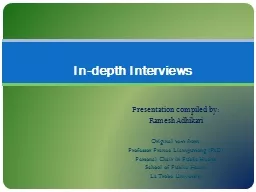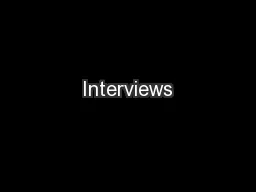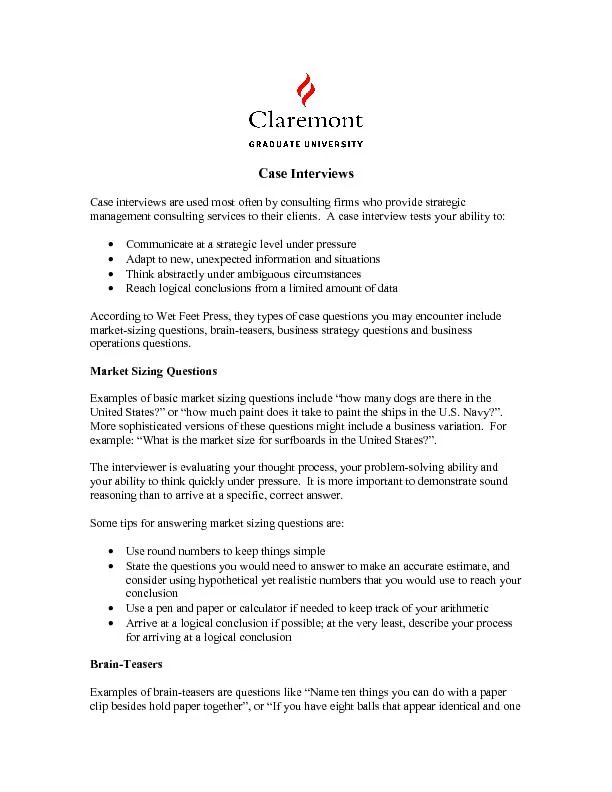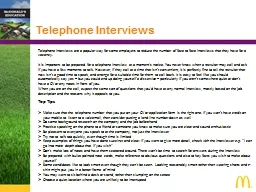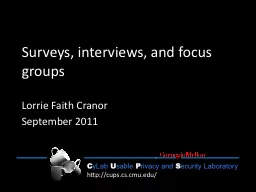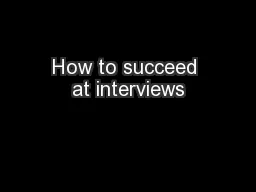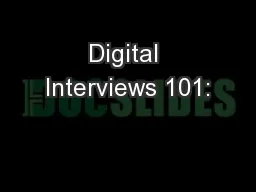PPT-Case Interviews Why the Case Approach?
Author : natalia-silvester | Published Date : 2018-03-20
Analytical Gauge problem solving ability Does the candidate think in a clear and logical way Is the candidate effective at identifying key issues Is the candidate
Presentation Embed Code
Download Presentation
Download Presentation The PPT/PDF document "Case Interviews Why the Case Approach?" is the property of its rightful owner. Permission is granted to download and print the materials on this website for personal, non-commercial use only, and to display it on your personal computer provided you do not modify the materials and that you retain all copyright notices contained in the materials. By downloading content from our website, you accept the terms of this agreement.
Case Interviews Why the Case Approach?: Transcript
Download Rules Of Document
"Case Interviews Why the Case Approach?"The content belongs to its owner. You may download and print it for personal use, without modification, and keep all copyright notices. By downloading, you agree to these terms.
Related Documents


